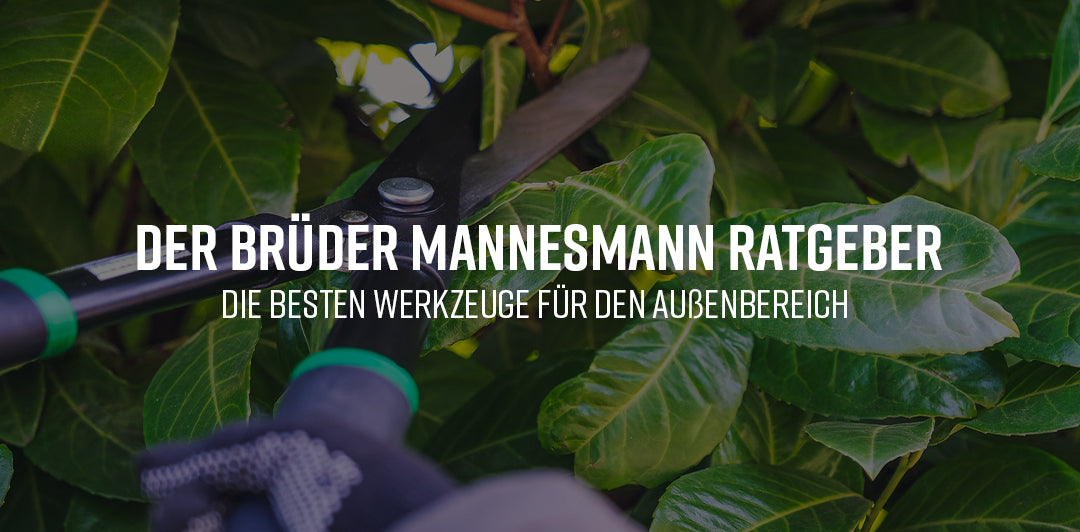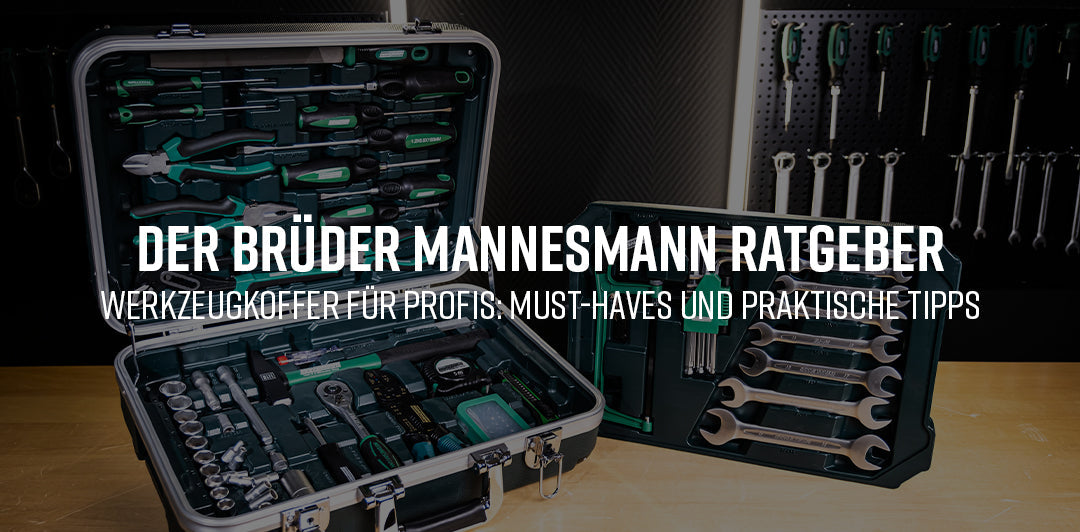DIY is a great way to be creative, save money, and learn practical skills along the way. When you're just starting out, the selection of tools can seem quite overwhelming. But don't worry—with the right basic equipment, you can tackle any project safely and efficiently.
In this guide, I'll show you which tools you absolutely need as a beginner and how to best use them.
🔧 1. The must-have tools to get started
Whether you're doing small repairs or starting your first DIY project, you should definitely have these basics at hand:
🔨 Awesome
An absolute standard tool. Whether for hanging pictures or hammering nails, a hammer is a must. Make sure it has an ergonomic handle that fits comfortably in your hand.
🔩 Screwdriver set
You'll definitely need Phillips and flathead screwdrivers in various sizes. A screwdriver with interchangeable bits is also handy—this will cover almost any screw.
📏 Tape measure
Precise measuring is key. Get a tape measure that measures in centimeters and meters and is easy to read.
🔧 pliers
Whether cutting wire, holding something tight or loosening it – combination pliers are super versatile and ideal for beginners.
🛠️ Drill
You can't avoid them, especially when hanging shelves or pictures. A drill with different speeds and bits is perfectly sufficient to get started.
🪚 Saw
For simple woodworking, a handsaw is ideal. If you do a lot of sawing, a jigsaw is also worth considering.
📐 Spirit level
To ensure everything is perfectly straight—shelves, pictures, or furniture. A spirit level helps you work neatly.
📦 2. Order is half the battle
You should store your tools properly – this way you can find everything quickly and keep track of everything. Tool boxes or carts with multiple compartments are ideal. A little system will save you a lot of time later on.
🦺 3. Safety first
Even as a beginner, you should pay attention to your safety. Here are a few basics:
-
Safety goggles: against dust and flying particles
-
Gloves: protect against cuts and blisters
-
Hearing protection: important for noisy work such as drilling or sawing
🏁 4. Tips for getting started
-
Start small: Begin with simple projects to familiarize yourself with the tools.
-
Use online tutorials: YouTube & Co. are full of helpful instructions.
-
Build gradually: You don't have to buy everything at once. Start with the basics and expand your collection over time.
✅ 5. Conclusion
DIY is fun, creative, and gives you the satisfaction of having accomplished something with your own hands. With a few basic tools—a hammer, screwdriver set, tape measure, pliers, drill, saw, and spirit level—you're well equipped. Take your time, learn step by step, and keep your safety in mind.
Get off to a good start – with the most popular tools from Brüder Mannesmann.















